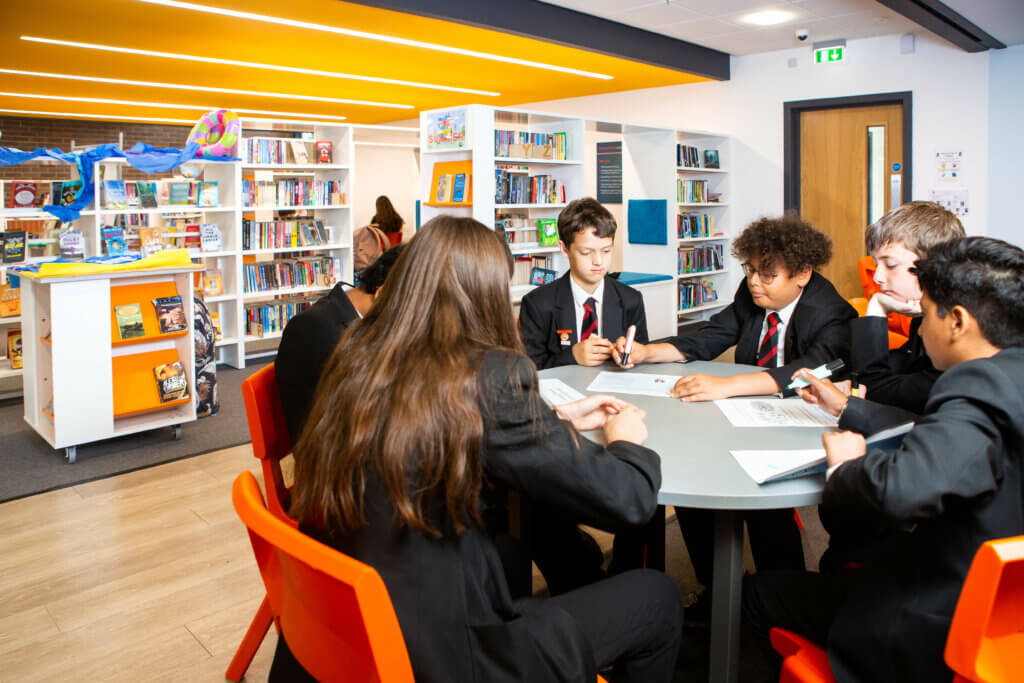Throughout the pandemic, Childnet has continued to work with young people and to listen to them. We have spoken directly with young people in Youth Advisory Boards, our Digital Leaders and Digital Champions Programmes and in schools about many aspects of their lives online.
In this blog we will share some of the ways in which young people’s experiences online have changed during the pandemic, and what parents and carers can do to support them with their digital wellbeing.
“It’s a way to connect and it’s fun”
Young people have told us that the internet and technology has been an important and positive tool during the pandemic. For example, it has allowed young people to stay on top of their schoolwork and stay in touch with friends and family.
“There is a lot of pressure to be on social media. A positive is the increased awareness of mental health. It’s being talked about a lot more. I question how much is actually been done though.”
However, it is important, now more than ever, for parents and carers to also think about their child’s digital wellbeing. By ‘wellbeing’, we mean how going online makes young people feel.
Young people are telling us that the increased time on devices can be overwhelming and, whilst experiences may vary, generally, the longer they are expected to be available online, the more tiring they find it. They are also very clear that negative news stories, especially about COVID-19, can be upsetting and stressful.
“It’s just about having that support network there and just something to hold on to when everything is being uncertain.”
“Balance is key […] In order to keep moving forward and to keep morale up, communication is really important.”
Young people appreciate when the adults in their lives are there to support them and check in with their online lives, as well as what’s going on offline.
Here are our top 5 tips for parents and carers on supporting their child with their digital wellbeing during the pandemic:
- Speak to your child about technology and how it makes them feel. An open dialogue is key. Be sure to acknowledge the positives, but also make sure they know they can come to you if anything is worrying or upsetting them. Check in regularly.
Our Let’s Talk About Life Online leaflet can help parents and carers start these conversations. - Establish rules and boundaries that work for your family, whilst acknowledging the vital role that technology is playing in their lives right now. For example, you could insist on no devices in bedrooms overnight. It is particularly effective when adults model these behaviours themselves.
Our Family Agreement is a practical resource which will help you start a conversation with your whole family about how you all use the internet, and help you set out clear expectations for positive and safe internet use together. - Encourage your child to recognise the warning signs they may experience when they have been on their devices too long. These signs can help them know when it’s best to take a break. Signs might include tiredness, sore eyes or a headache.
- Help your child have a healthy balance between online and offline activities. You could suggest a walk, riding a bike, or reading a book to balance the time spent looking at a screen.
- Make use of wellbeing controls on devices together. For example, talk about turning off notifications or turning on ‘do not disturb’ modes. You could also use tools to track screen time or set limits.
We have found that our usual advice in many areas of online life, is even more relevant during the pandemic. For further information, advice and conversation starters, visit our parent and carer pages on Digital Wellbeing and Screen Time & Healthy Balance.
You may also like to share the following pages directly with your child:


